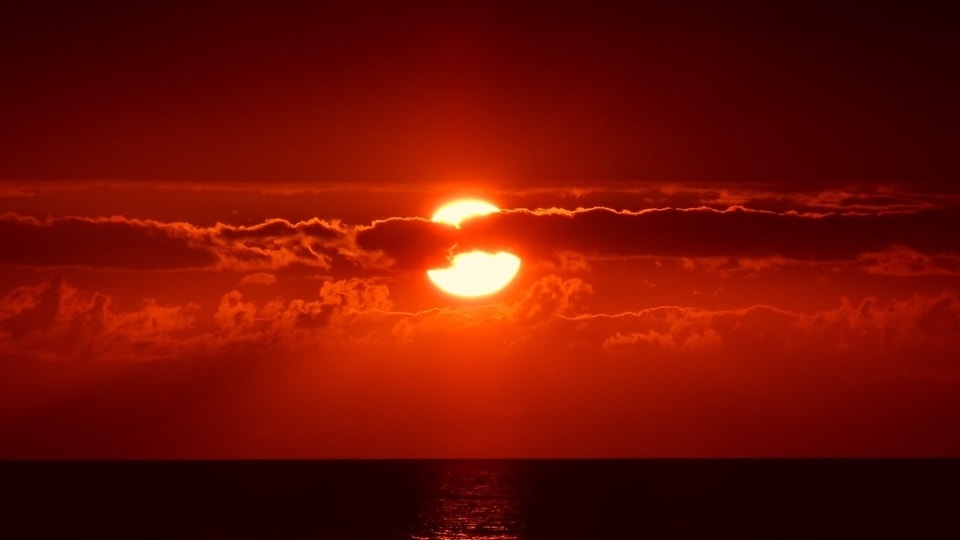Sun set to spark Geomagnetic storm on Earth? Know what NASA revealed
Recently NASA has issued an alert about a M- class solar flare which can eventually lead to a strong geomagnetic storm on Earth.
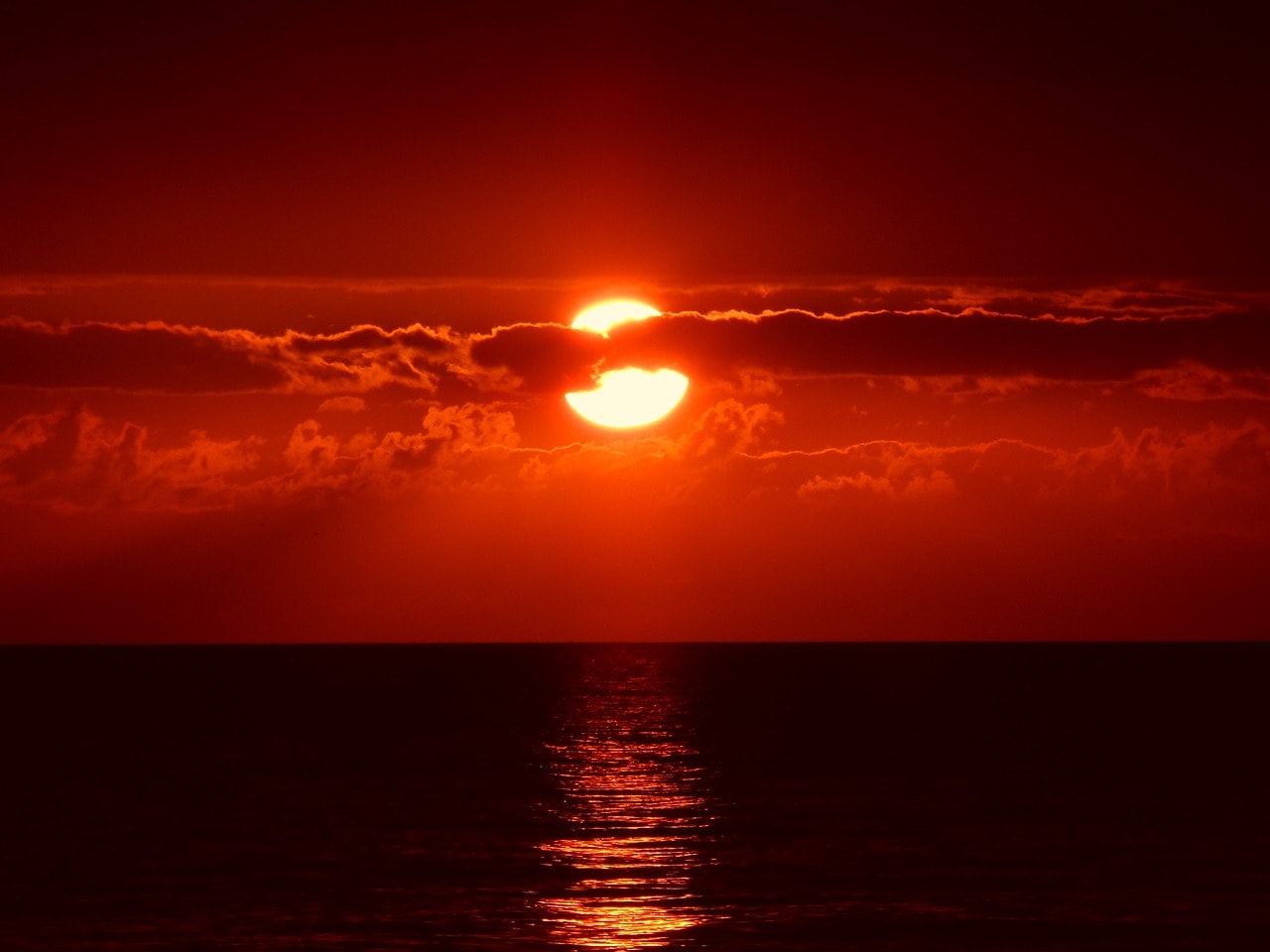
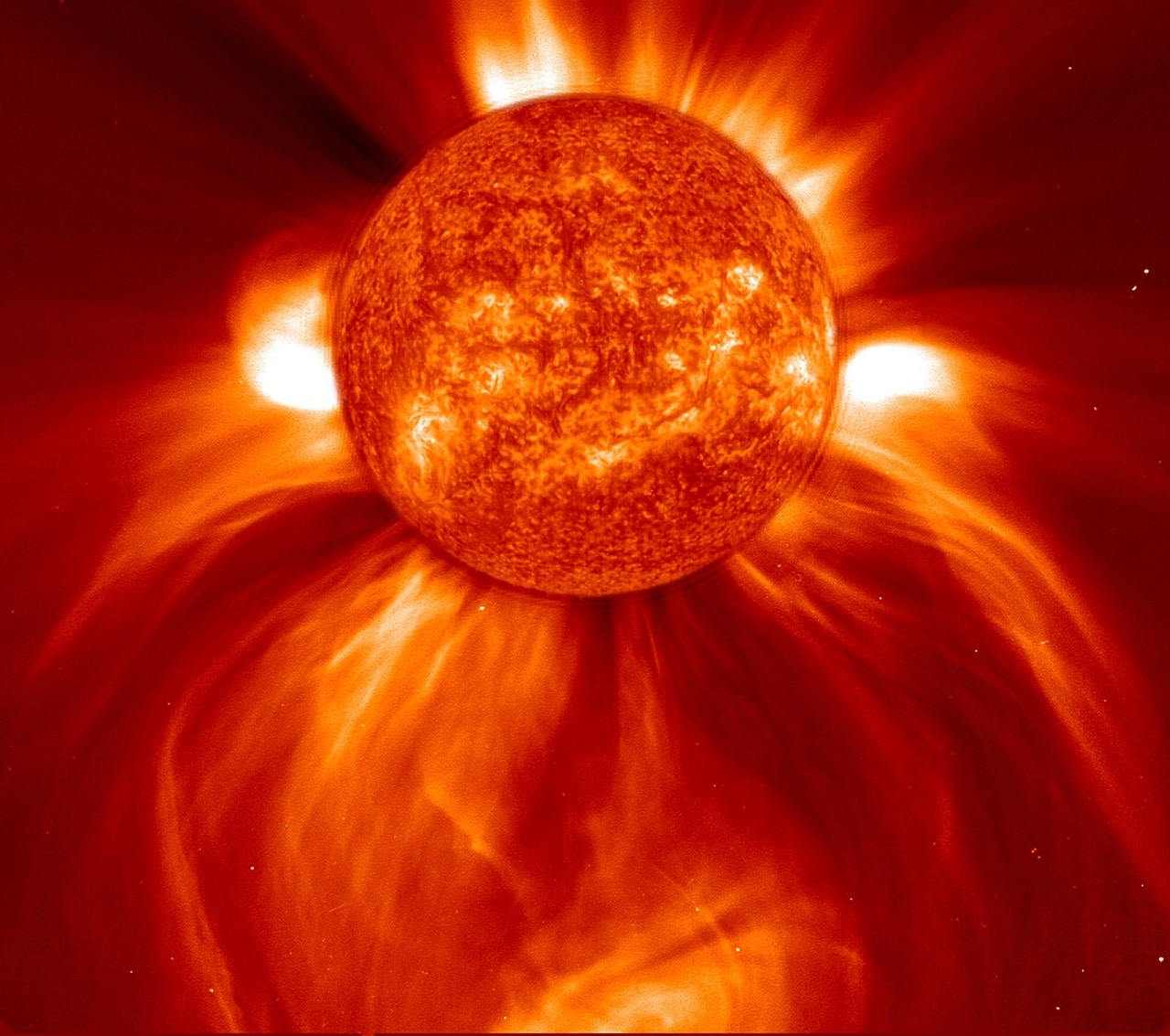
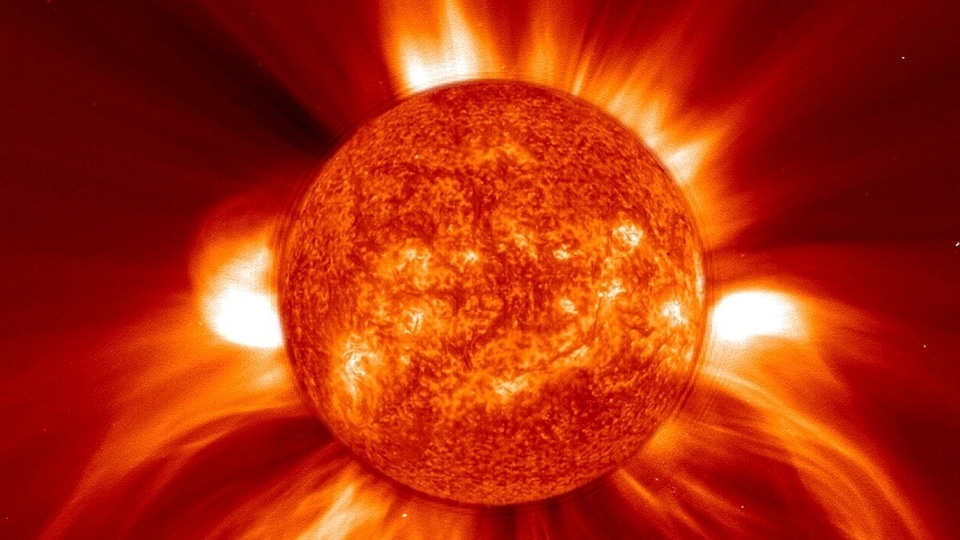
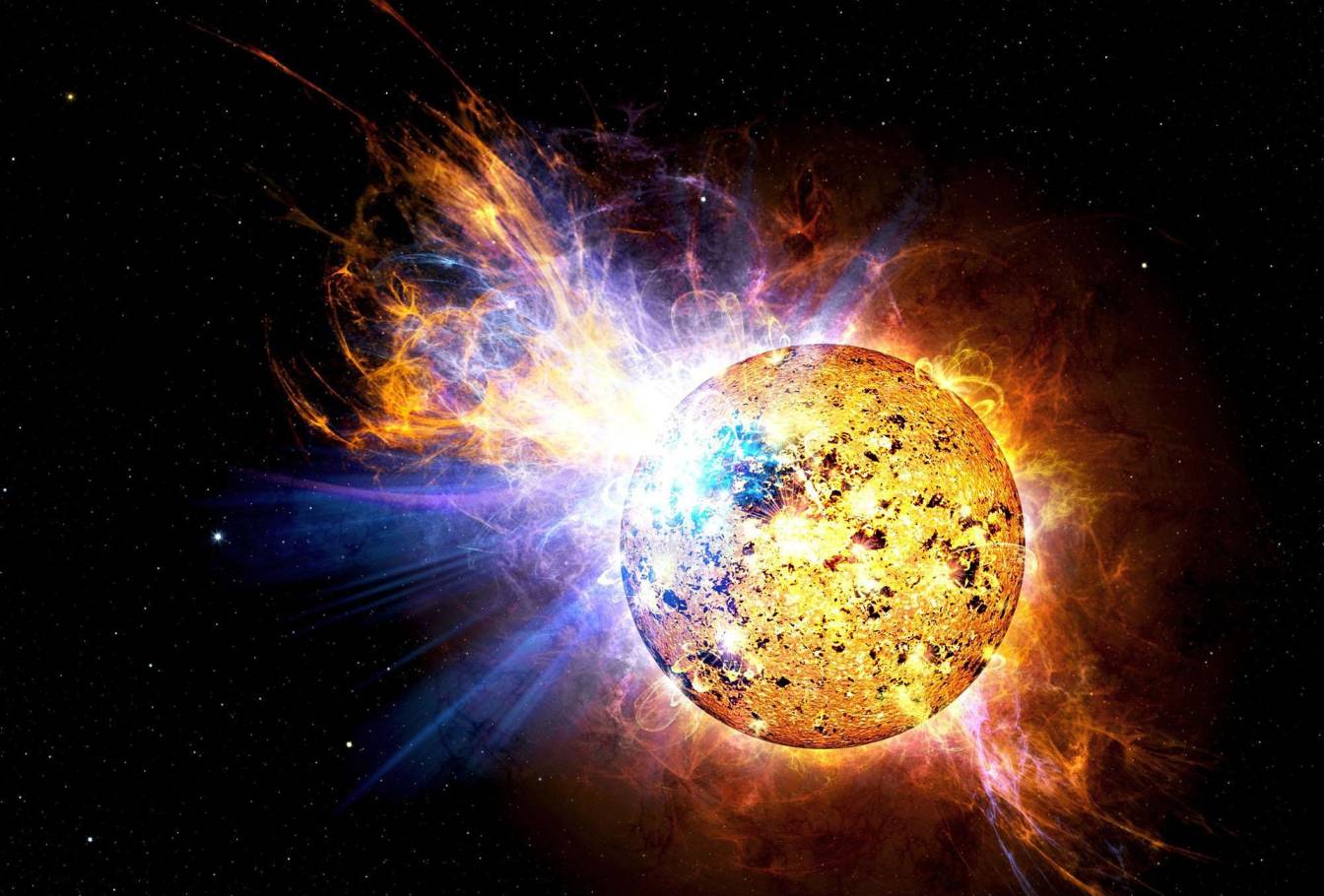
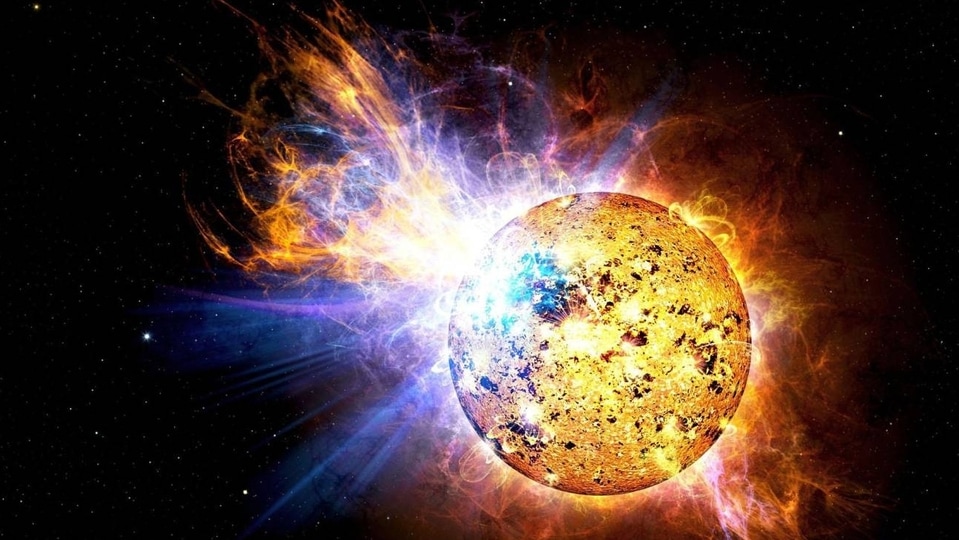
_1639373804152.jpg)
_1639373804152_1639373815879.jpg)
_1650614444757.png)
_1650614444757_1650614518141.png)
First Published Date: 09 Oct, 18:02 IST
NEXT ARTICLE BEGINS


